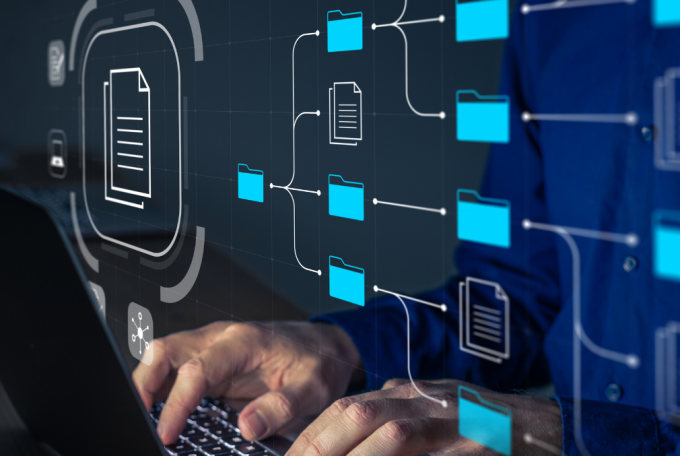As technology evolves and industries become more regulated, businesses are increasingly required to comply with various regulations and standards. Continuous compliance, also known as ongoing compliance, is the ongoing process of meeting these regulatory requirements and maintaining compliance in all aspects of business operations. In this blog, we will explore the importance of continuous compliance and how it can benefit organizations.
What is Continuous Compliance?
Continuous compliance is an approach that focuses on maintaining compliance with regulations and standards on an ongoing basis, rather than approaching compliance as a one-time event. It involves establishing policies and procedures, conducting regular audits, and implementing measures to address any non-compliance issues promptly.
The Benefits of Continuous Compliance
- Mitigate Risks and Avoid Penalties: Continuous compliance helps organizations identify and address compliance issues before they become serious problems. By regularly monitoring and assessing their compliance status, businesses can proactively identify and mitigate any risks associated with non-compliance. This not only helps avoid potential penalties but also protects the reputation of the organization.
- Stay Up to Date with Changing Regulations: Regulations and standards are constantly evolving. By implementing continuous compliance practices, businesses can stay informed about any changes in regulations that may impact their operations. This allows organizations to make timely updates to their policies, procedures, and controls to stay in compliance and avoid any negative consequences.
- Improve Operational Efficiency: Continuous compliance entails implementing robust processes and systems to monitor and manage compliance effectively. These processes often lead to improved operational efficiency and streamlined workflows. By integrating compliance requirements into everyday business operations, organizations can reduce redundancy, eliminate wasteful practices, and improve overall productivity.
- Enhance Trust and Customer Confidence: Maintaining compliance consistently demonstrates to customers, stakeholders, and industry regulators that an organization takes its responsibilities seriously. Continuous compliance practices build trust and confidence among customers and stakeholders, as they can be assured that their data, financial information, and other sensitive information are handled securely and in accordance with applicable regulations.
- Adapt to Changing Business Environments: The business landscape is continuously evolving, with new technologies, market trends, and competitive pressures driving change. Continuous compliance allows organizations to adapt to these changes effectively. By regularly monitoring and updating compliance processes and controls, businesses can ensure that they are equipped to navigate any new compliance challenges that may arise.
Implementing Continuous Compliance
To implement continuous compliance effectively, organizations should consider the following steps:
- Establish a Compliance Program: Develop a comprehensive compliance program that includes policies, procedures, and controls to address relevant regulations and standards.
- Regular Audits and Assessments: Conduct regular internal audits and assessments to monitor compliance status and identify any gaps or areas of non-compliance.
- Continuous Training and Education: Provide ongoing training and education to employees to ensure they understand their compliance responsibilities and are kept informed of any regulatory changes.
- Monitor and Update Policies and Procedures: Stay informed about any changes in applicable regulations and update policies and procedures accordingly to maintain compliance.
- Maintain Documentation: Keep thorough documentation of compliance activities, audit results, and any corrective actions taken to demonstrate compliance efforts.
Remember, continuous compliance is an ongoing process that requires commitment and dedication. Implementing the right technologies, such as compliance management software, can greatly assist in streamlining compliance processes and ensuring ongoing adherence to regulations.
In conclusion, continuous compliance is crucial for businesses to mitigate risks, stay current with changing regulations, improve efficiency, build trust, and adapt to the ever-changing business environment. By implementing continuous compliance practices, organizations can position themselves for long-term success in today’s highly regulated business landscape.
Implementing the CIS Hardening is a tedious and time-consuming process. Implementing CIS Hardening indeed involves a meticulous and time-intensive process due to its comprehensive nature and attention to detail. Leveraging automation tools like AutomateCIS and strategic planning can alleviate the burden.
AutomateCIS is a robust solution for auditing servers against CIS benchmarks, automating remediation, and providing rollback support. By leveraging automated auditing, intelligent remediation, and rollback capabilities, it empowers organizations to maintain a secure and compliant infrastructure effortlessly. This comprehensive platform not only ensures continuous compliance but also enhances security, operational efficiency, and risk mitigation across diverse server environments.






